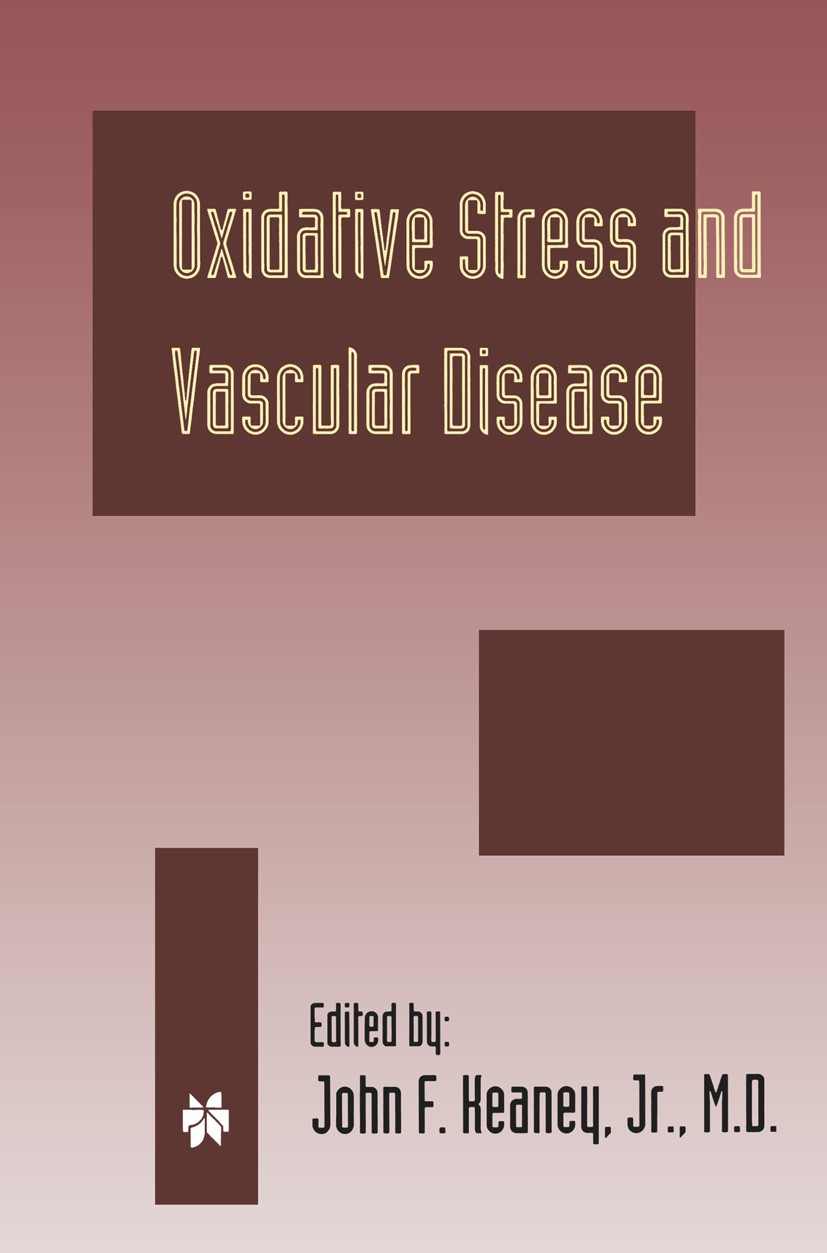| 书目名称 | Oxidative Stress and Vascular Disease |
| 编辑 | John F. Keaney (Associate Professor of Medicine an |
| 视频video | http://file.papertrans.cn/706/705319/705319.mp4 |
| 丛书名称 | Developments in Cardiovascular Medicine |
| 图书封面 |  |
| 描述 | One of the major biomedical triumphs of the post-World War II era was the defmitive demonstration that hypercholesterolemia is a key causative factor in atherosclerosis; that hypercholesterolemia can be effectively treated; and that treatment significantly reduces not only coronary disease mortality but also all cause mortality. Treatment to lower plasma levels of cholesterol - primarily low density lipoprotein (LDL) cholesterol - is now accepted as best medical practice and both physicians and patients are being educated to take aggressive measures to lower LDL. We can confidently look forward to important decreases in the toll of coronary artery disease over the coming decades. However, there is still uncertainty as to the exact mechanisms by which elevated plasma cholesterol and LDL levels initiate and favor the progression of lesions. There is general consensus that one of the earliest responses to hypercholesterolemia is the adhesion of monocytes to aortic endothelial cells followed by their penetration into the subendothelial space, where they differentiate into macrophages. These cells, and also medial smooth muscle cells that have migrated into the subendothelial space, th |
| 出版日期 | Book 2000 |
| 关键词 | atherosclerosis; cardiovascular; gene; gene expression; hypertension; oxidative stress; physiology; signal |
| 版次 | 1 |
| doi | https://doi.org/10.1007/978-1-4615-4649-8 |
| isbn_softcover | 978-1-4613-7103-8 |
| isbn_ebook | 978-1-4615-4649-8Series ISSN 0166-9842 |
| issn_series | 0166-9842 |
| copyright | Springer Science+Business Media New York 2000 |
 |Archiver|手机版|小黑屋|
派博传思国际
( 京公网安备110108008328)
GMT+8, 2025-12-28 07:51
|Archiver|手机版|小黑屋|
派博传思国际
( 京公网安备110108008328)
GMT+8, 2025-12-28 07:51


